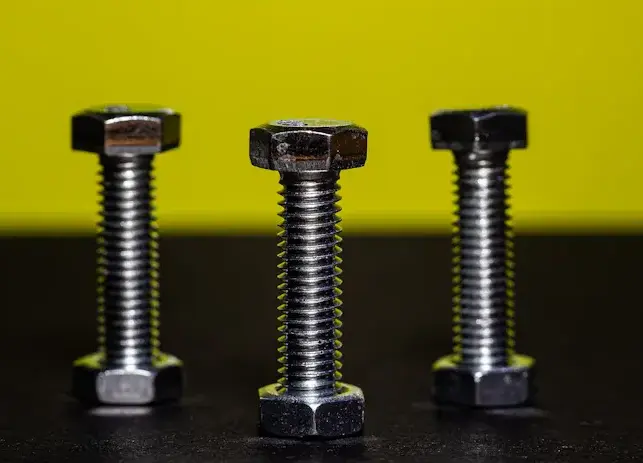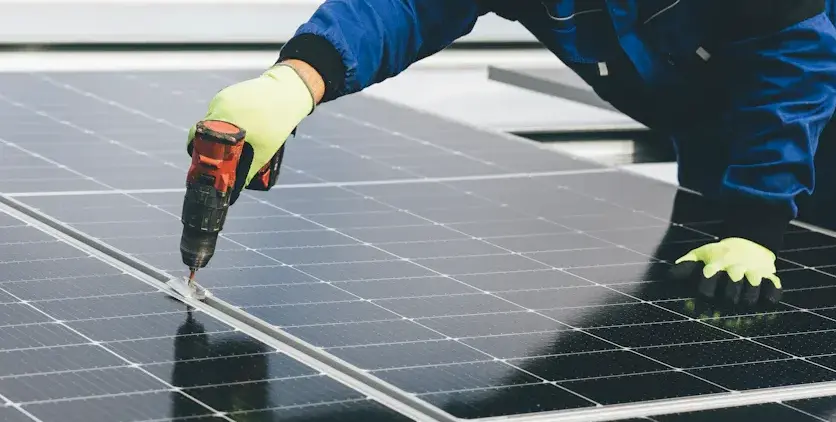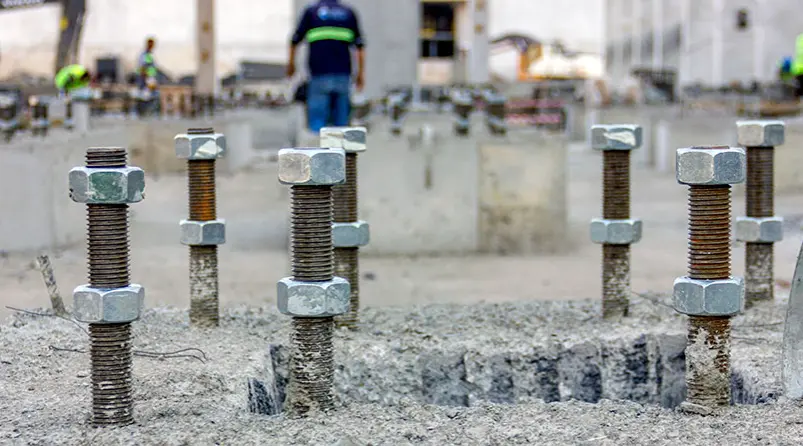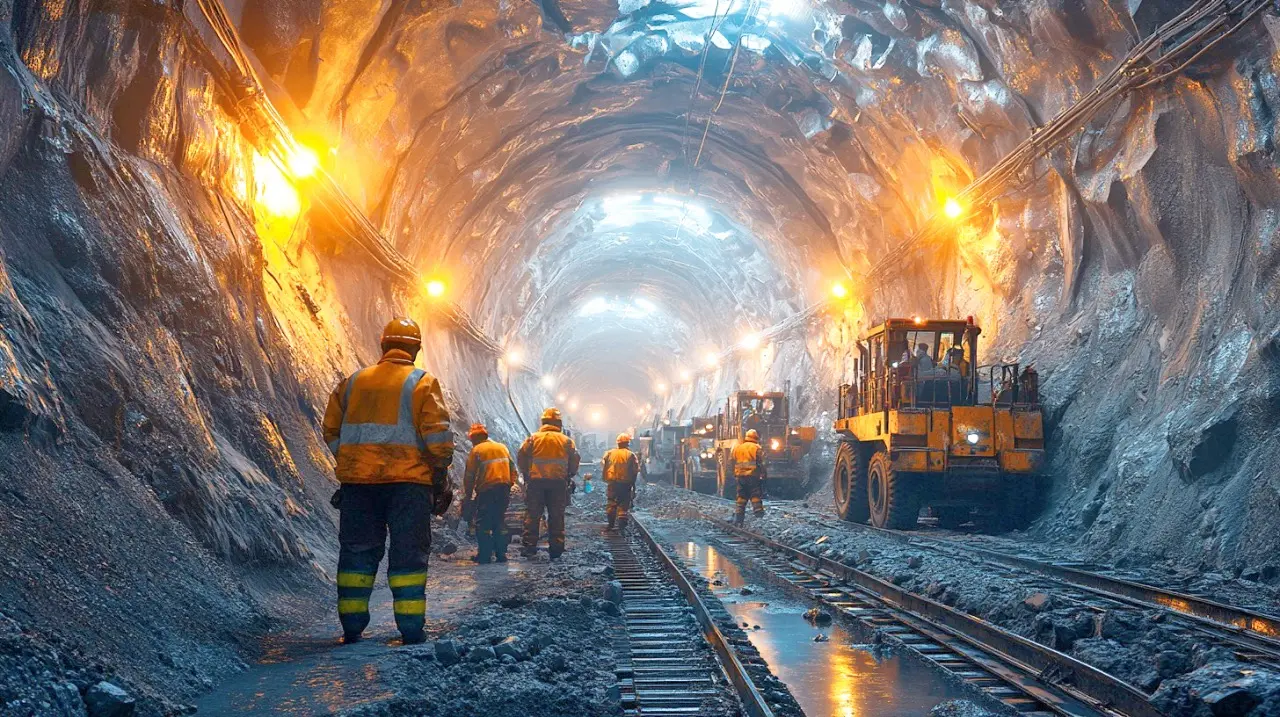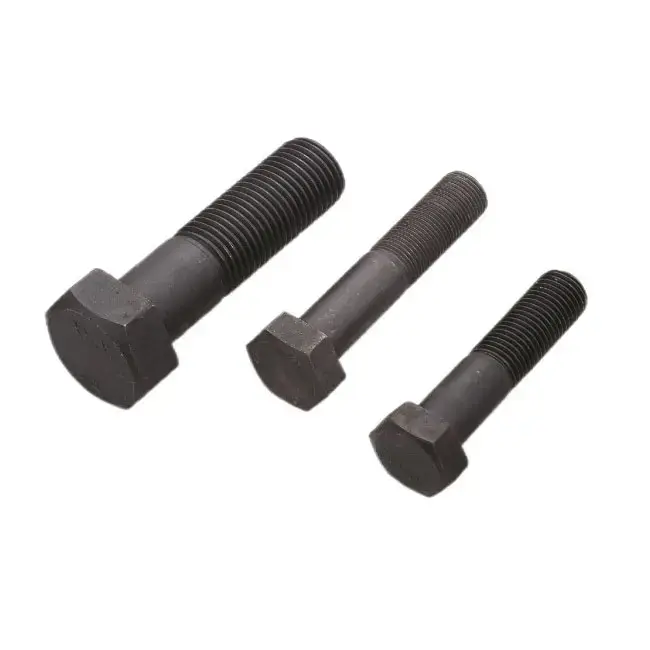Everything You Need to Know About Lifting Anchors in 2025
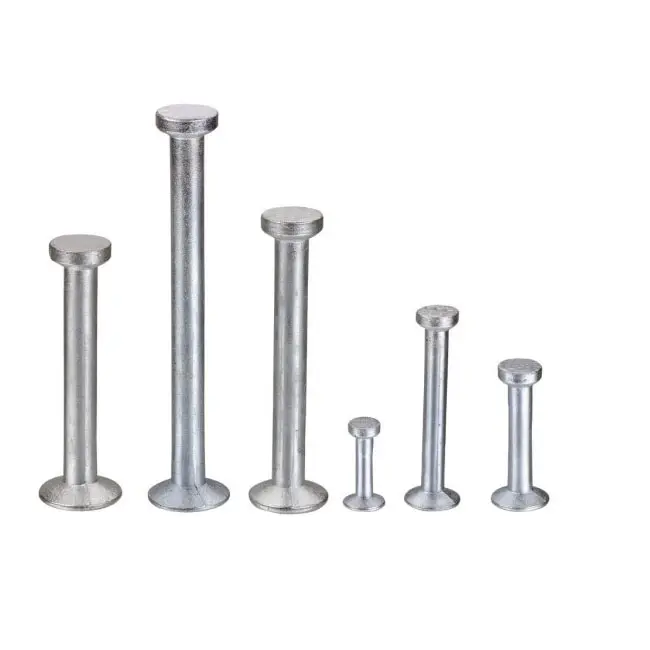
You might not think about it often, but Lifting Anchors are the backbone of heavy lifting in construction and industry. They secure loads, making sure everything stays safe and steady. In 2025, new materials and smarter designs are making them stronger and safer than ever. Picking the right one and keeping it in top shape isn’t just smart—it’s essential.
Key Takeaways
- Pick the right lifting anchor for your needs. Steel, concrete, and special anchors work for different jobs.
- Always check if your lifting anchors are certified. Certified anchors follow safety rules and work well.
- Look at your lifting anchors often to keep them safe. Check for damage, clean them after use, and replace if needed.
Types of Lifting Anchors
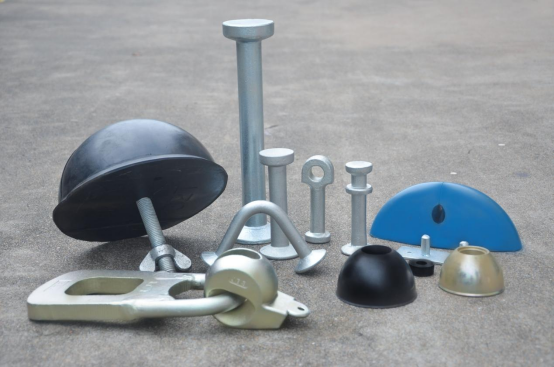
When it comes to heavy lifting, you’ve got options. Lifting anchors come in different types, each designed for specific tasks. Let’s break them down so you can pick the right one for your needs.
Steel Lifting Anchors
Steel lifting anchors are the workhorses of the industry. They’re tough, reliable, and built to handle heavy loads. You’ll find them in construction sites, factories, and even shipyards.
Here’s why steel anchors stand out:
- Durability: Steel can withstand extreme stress without breaking.
- Versatility: These anchors work well with various lifting systems, like chains or cables.
Tip: Always check the load capacity of your steel anchor before using it. Overloading can lead to accidents.
Steel anchors come in different shapes and sizes. Some are designed for vertical lifting, while others handle angled loads. If you’re working in harsh environments, like near saltwater, look for corrosion-resistant options.
Concrete Lifting Anchors
Concrete lifting anchors are your go-to for handling Precast Concrete elements. Think of them as the hidden heroes behind bridges, buildings, and other infrastructure projects.
These anchors are embedded into concrete during casting. Once the concrete cures, they provide a secure point for lifting. Here’s what makes them unique:
- Embedded Strength: They bond directly with the concrete, ensuring stability.
- Custom Designs: Many concrete anchors are tailored for specific shapes or weights.
Note: Proper installation is key. Misaligned anchors can compromise safety during lifting.
Concrete anchors often come with certification marks. These marks guarantee they meet industry standards. If you’re unsure about an anchor’s quality, ask the supplier for documentation.
Specialty Lifting Anchors
Sometimes, you need something a little different. Specialty lifting anchors are designed for unique applications. Whether you’re working in offshore drilling or handling delicate machinery, these anchors have you covered.
Here are a few examples:
- Swivel Anchors: Perfect for loads that need rotation during lifting.
- Magnetic Anchors: Ideal for temporary lifting on metal surfaces.
- High-Temperature Anchors: Built to withstand extreme heat in industrial settings.
Specialty anchors often come with advanced features, like adjustable load points or quick-release mechanisms. They’re not just functional—they’re smart.
Alert: Specialty anchors may require specific training for safe use. Make sure your team knows how to handle them.
If you’re dealing with unusual lifting challenges, specialty anchors might be your best bet. They’re designed to solve problems standard anchors can’t.
Applications of Lifting Anchors
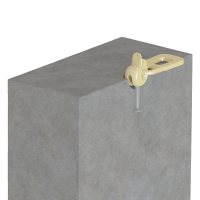
Lifting anchors play a vital role in various industries. They’re designed to handle heavy loads and ensure safety during lifting operations. Let’s explore how they’re used in different fields.
Construction and Infrastructure
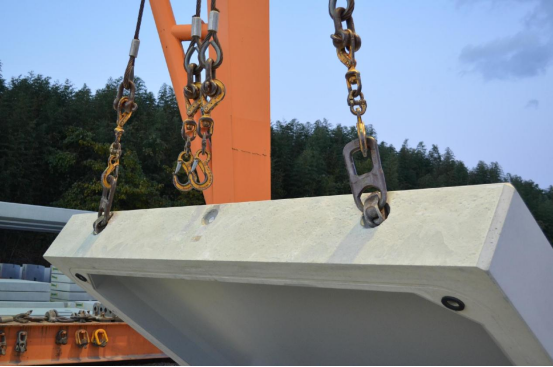
In construction, lifting anchors are essential for moving heavy materials like precast concrete panels, beams, and columns. You’ll often see them in action when building bridges, skyscrapers, or tunnels. These anchors make it easier to lift and position large components with precision.
For example, when assembling a bridge, workers use lifting anchors embedded in concrete sections. This ensures stability and reduces the risk of accidents. If you’re in construction, choosing the right anchor for the job can save time and improve safety.
Industrial and Manufacturing
Factories and manufacturing plants rely on lifting anchors to move machinery, equipment, and raw materials. They’re perfect for handling heavy loads in tight spaces. Whether it’s lifting a massive engine block or transporting steel coils, these anchors get the job done.
You might also find specialty anchors here, like magnetic or swivel types. These are great for specific tasks, like rotating machinery during installation. If you work in manufacturing, you know how important it is to have reliable lifting solutions.
Marine and Offshore Operations
In marine environments, lifting anchors are indispensable. They’re used for tasks like lifting ship components, underwater pipelines, or offshore drilling equipment. Saltwater-resistant anchors are a must in these settings to prevent corrosion.
For offshore operations, you’ll often see high-capacity anchors designed to handle extreme loads. If you’re in this field, always check for certification to ensure safety and compliance with industry standards.
Certified vs. Non-Certified Lifting Anchors
When it comes to safety and reliability, not all lifting anchors are created equal. Certified anchors meet strict industry standards, while non-certified ones can be a gamble. Let’s dive into why certification matters and how you can spot the difference.
Certification Standards in 2025
In 2025, certification standards for lifting anchors have become more rigorous than ever. Organizations like ISO and OSHA now require anchors to pass advanced testing for load capacity, material quality, and durability. Certified anchors come with documentation that proves they meet these benchmarks.
Tip: Look for labels or stamps indicating compliance with ISO 23279 or similar standards. These certifications ensure your anchor is built to handle the job safely.
Certified anchors also undergo regular audits to maintain their status. This means you can trust their performance over time, even in demanding environments.
Risks of Non-Certified Anchors
Using non-certified anchors might save you a few bucks upfront, but the risks far outweigh the savings. These anchors often lack proper testing, making them prone to failure under stress.
Here’s what could go wrong:
- Accidents: A failed anchor can lead to dropped loads, causing injuries or damage.
- Legal Issues: Non-certified equipment may violate safety regulations, leading to fines or shutdowns.
- Short Lifespan: Poor-quality materials wear out faster, costing you more in replacements.
Alert: If an anchor seems too cheap to be true, it probably is. Always prioritize safety over cost.
How to Verify Certification
Verifying an anchor’s certification is easier than you think. Start by checking the product label or accompanying documents. Most certified lifting anchors include a unique serial number you can trace back to the manufacturer.
You can also:
- Ask the Supplier: Request proof of certification before purchasing.
- Use Online Tools: Many manufacturers offer online databases where you can verify serial numbers.
- Inspect the Anchor: Look for visible marks, like ISO or CE stamps, that indicate compliance.
Note: If you’re unsure about an anchor’s certification, don’t take chances. Reach out to the manufacturer for clarification.
By sticking to certified anchors, you’re not just following the rules—you’re protecting your team and your project.
Choosing the Right Lifting Anchor
Picking the right lifting anchor isn’t just about grabbing the first one you see. It’s about understanding your needs and matching them to the anchor’s capabilities. Let’s break it down step by step.
Evaluating Load Requirements
The first thing you need to figure out is how much weight you’re dealing with. Every lifting anchor has a maximum load capacity, and exceeding it can lead to dangerous situations.
Here’s how you can evaluate your load requirements:
- Know the weight: Calculate the total weight of the load, including any additional equipment attached.
- Factor in safety margins: Always choose an anchor with a load capacity higher than your calculated weight.
Tip: If you’re unsure about the weight, consult with your team or use a load calculator. It’s better to overestimate than underestimate.
Matching the anchor’s capacity to your load ensures safety and efficiency. Don’t take shortcuts here—it’s worth the extra effort.
Considering Environmental Conditions
Where you’re working matters just as much as what you’re lifting. Environmental conditions can affect the performance and durability of lifting anchors.
Ask yourself these questions:
- Is it wet or humid? If you’re working near water or in humid areas, choose corrosion-resistant anchors.
- Are temperatures extreme? High-temperature anchors are essential for hot industrial settings.
- Is the environment abrasive? In dusty or gritty locations, look for anchors with protective coatings.
Alert: Ignoring environmental factors can lead to anchor failure. Always consider the surroundings before making a choice.
By matching the anchor to the environment, you’ll extend its lifespan and avoid unexpected issues during lifting operations.
Matching Anchor Type to Application
Not all lifting anchors are created equal. Each type is designed for specific tasks, so you need to match the anchor to your application.
Here’s a quick guide:
| Application | Recommended Anchor Type |
|---|---|
| Precast concrete lifting | Concrete lifting anchors |
| Heavy machinery installation | Steel lifting anchors |
| Rotating or angled loads | Swivel specialty anchors |
| Marine or offshore operations | Saltwater-resistant anchors |
Note: Specialty anchors are great for unique challenges, but they often require extra training. Make sure your team knows how to use them safely.
Choosing the right type ensures your lifting operation runs smoothly and minimizes risks.
Following Industry Guidelines
Industry guidelines exist for a reason—they keep you safe and ensure your equipment performs as expected. Following these standards is non-negotiable.
Here’s what you can do:
- Check certifications: Use certified lifting anchors that meet ISO or OSHA standards.
- Follow manufacturer instructions: Every anchor comes with a user guide. Stick to it.
- Stay updated: Industry guidelines evolve. Keep an eye on new regulations and best practices.
Tip: If you’re unsure about a guideline, consult with a safety expert or your supplier. It’s better to ask questions than make assumptions.
By adhering to industry standards, you’re not just protecting your team—you’re also ensuring the success of your project.
Inspection and Maintenance of Lifting Anchors
Keeping your lifting anchors in top shape is crucial for safety and performance. Regular inspection and proper maintenance can help you avoid accidents and extend the life of your equipment. Let’s dive into what you need to know.
Inspection Frequency
How often should you inspect your lifting anchors? The answer depends on how frequently you use them. For heavy daily use, check them before every operation. If you use them occasionally, a monthly inspection might be enough.
Tip: Always inspect anchors after lifting heavy loads or if they’ve been exposed to harsh conditions. Catching issues early can save you from bigger problems later.
Identifying Wear and Tear
Spotting wear and tear is easier than you think. Look for cracks, rust, or bent components. Pay attention to the anchor’s surface—any unusual marks or deformations could signal trouble.
Here’s a quick checklist:
- Are there visible cracks or splits?
- Is the anchor corroded or rusted?
- Does it feel loose or unstable during use?
If you notice any of these signs, stop using the anchor immediately and consult a professional.
Cleaning and Storage Best Practices
Clean lifting anchors after every use, especially if they’ve been exposed to dirt, grease, or saltwater. Use a soft brush and mild detergent to remove debris. Dry them thoroughly to prevent rust.
For storage, keep them in a dry, cool place. Avoid stacking them in a way that could cause damage.
Alert: Never store anchors in damp areas. Moisture can lead to corrosion, reducing their lifespan.
Replacement Guidelines
Even with proper care, lifting anchors don’t last forever. Replace them if they show significant wear, fail an inspection, or no longer meet load requirements. Always follow the manufacturer’s guidelines for replacement.
Note: Using a worn-out anchor is risky. It’s better to replace it early than deal with a failure during operation.
By staying on top of inspections and maintenance, you’ll ensure your lifting anchors remain safe and reliable for every job.
Choosing the right lifting anchors is critical for keeping your projects safe and efficient. Regular inspections and following updated 2025 standards help you avoid costly mistakes. Stay curious about new advancements in anchor technology. The more you know, the better equipped you’ll be to handle any lifting challenge with confidence.
FAQ
What’s the lifespan of a lifting anchor?
The lifespan depends on usage and maintenance. With proper care, most anchors last several years. Inspect regularly and replace when wear or damage appears.
Can I use one anchor type for all applications?
No, you can’t. Each anchor type suits specific tasks. For example, concrete anchors work for precast elements, while steel anchors handle heavy machinery.
Tip: Match the anchor to your project for safety and efficiency.
How do I know if my anchor is certified?
Check for certification marks like ISO or CE on the anchor. You can also verify the serial number with the manufacturer or supplier.
Alert: Avoid uncertified anchors—they’re risky and may violate safety standards.


